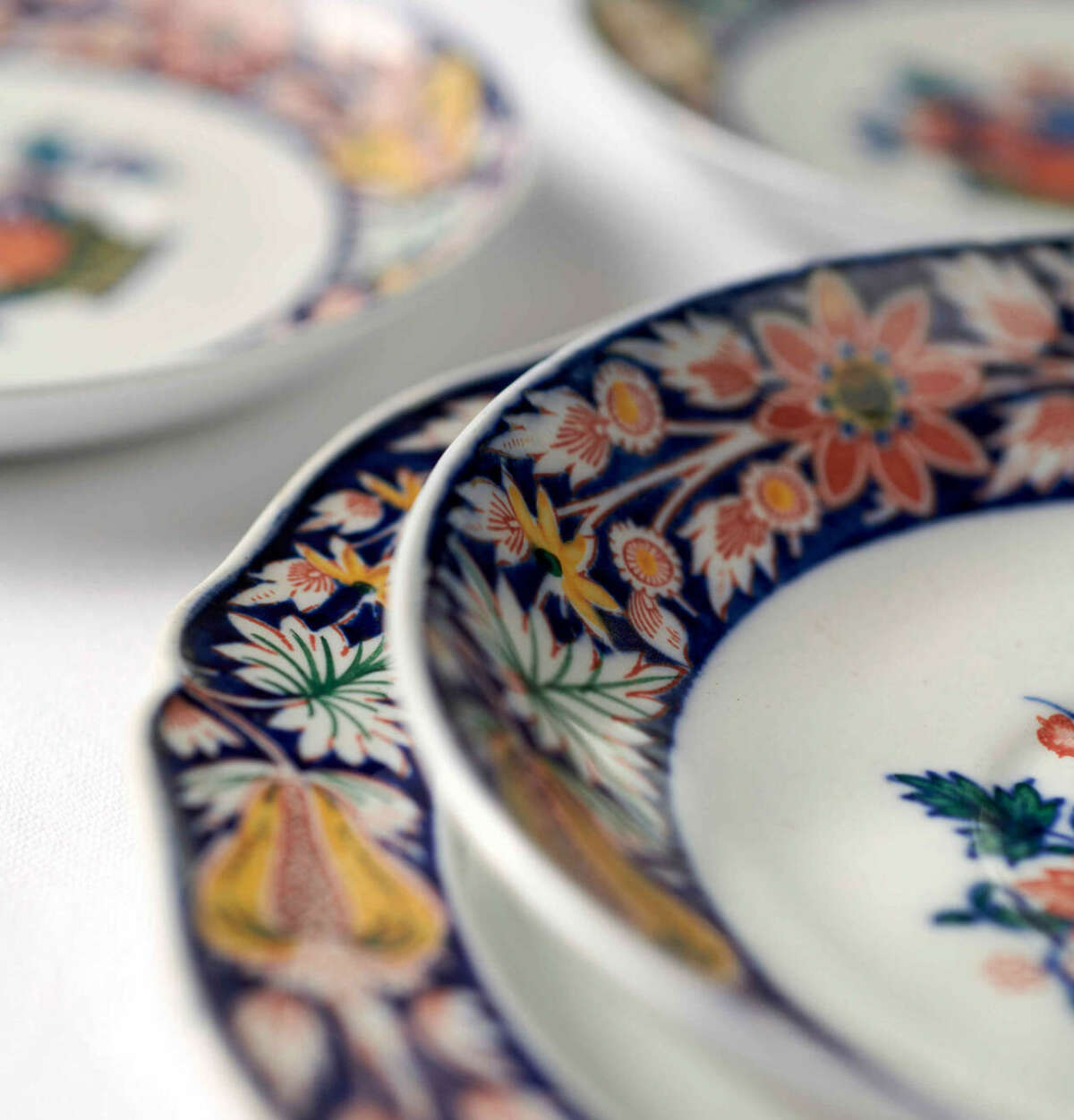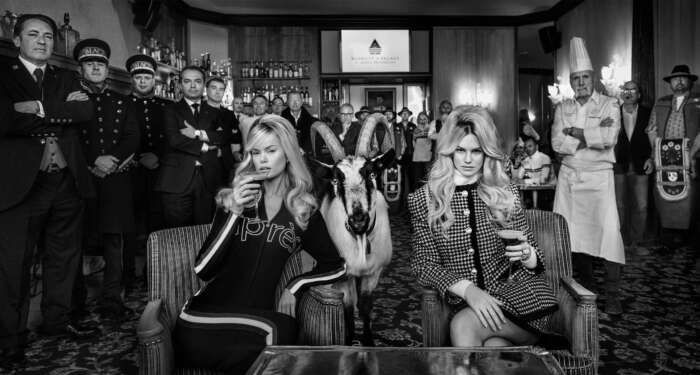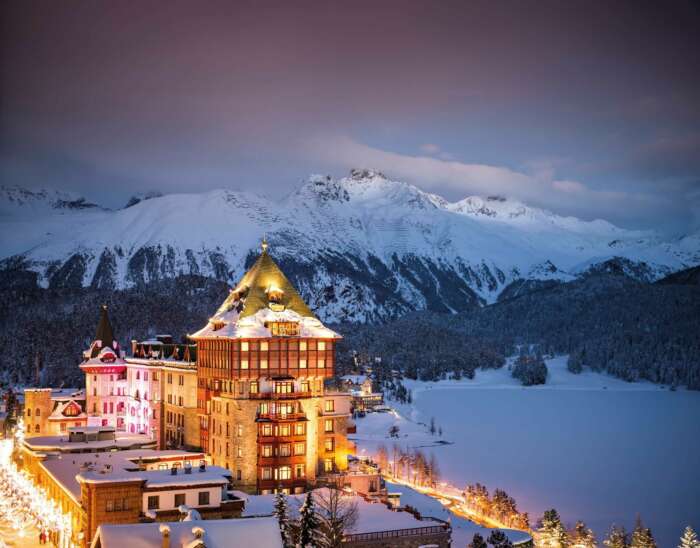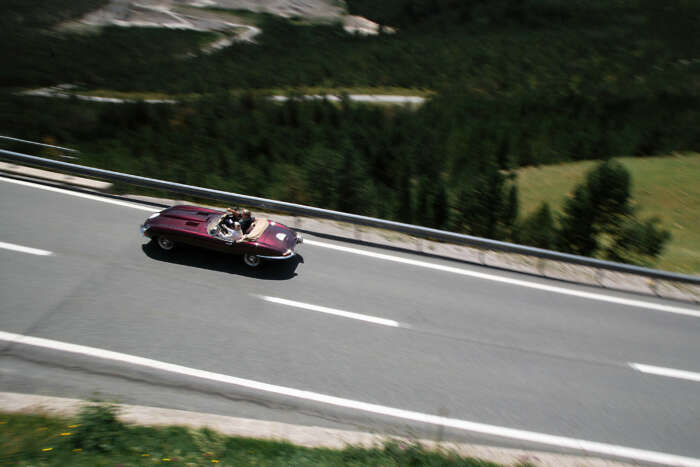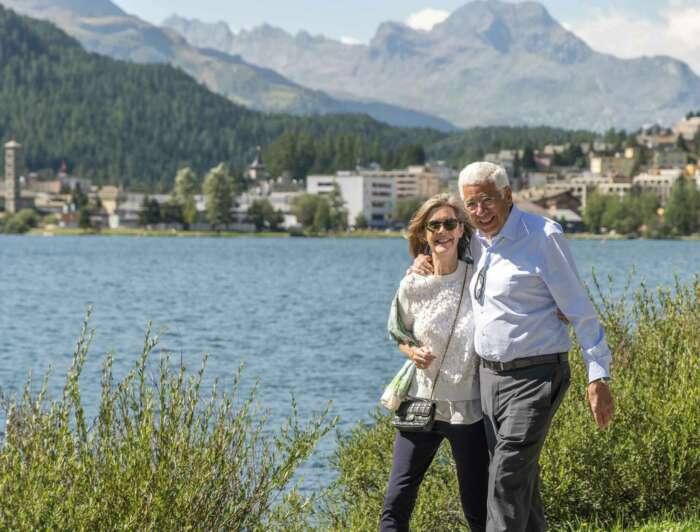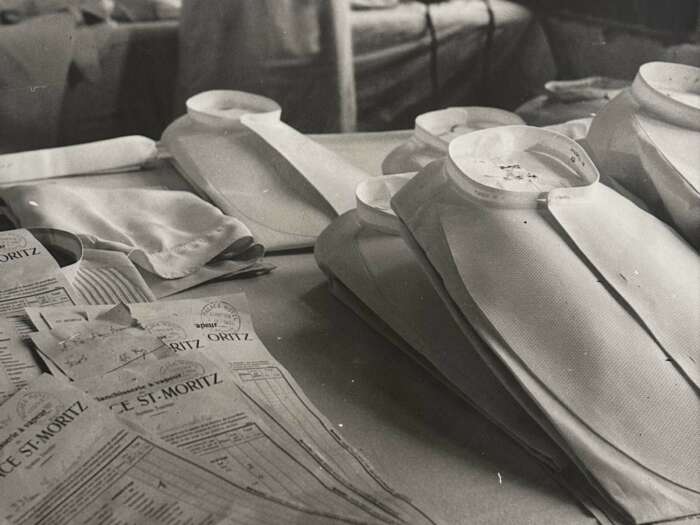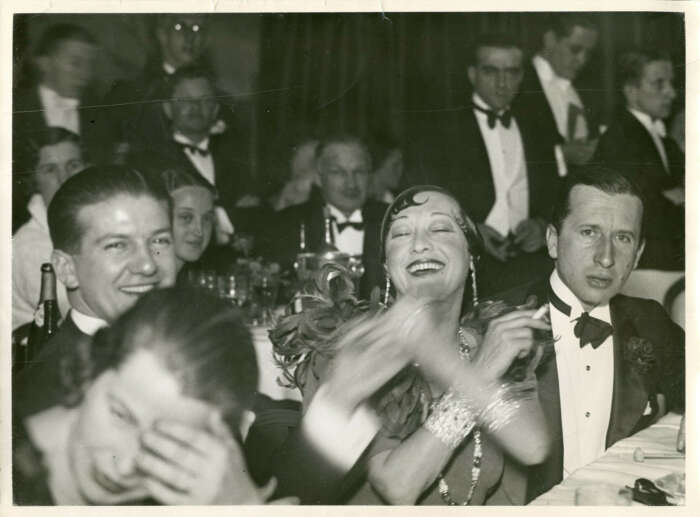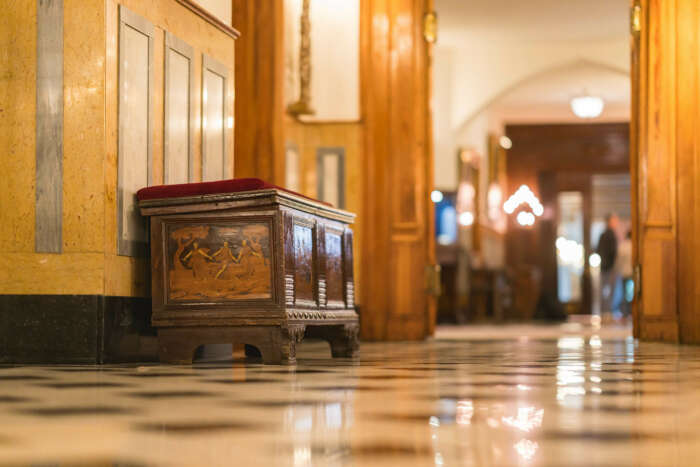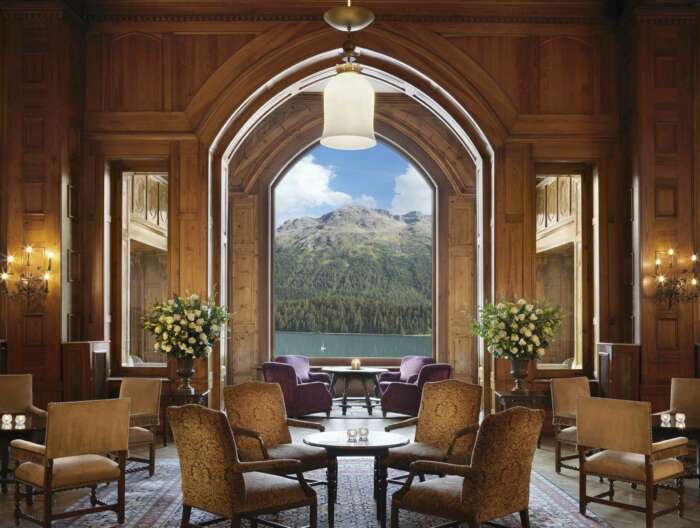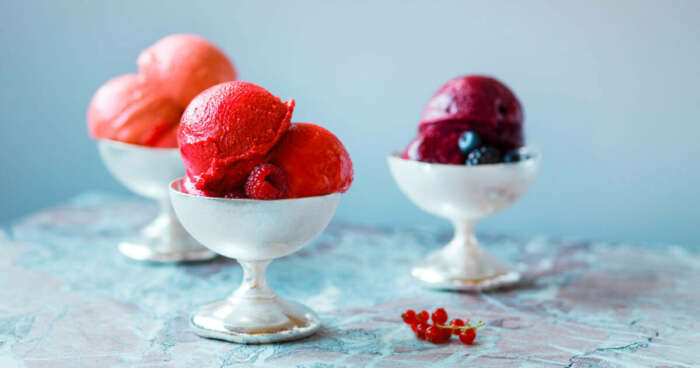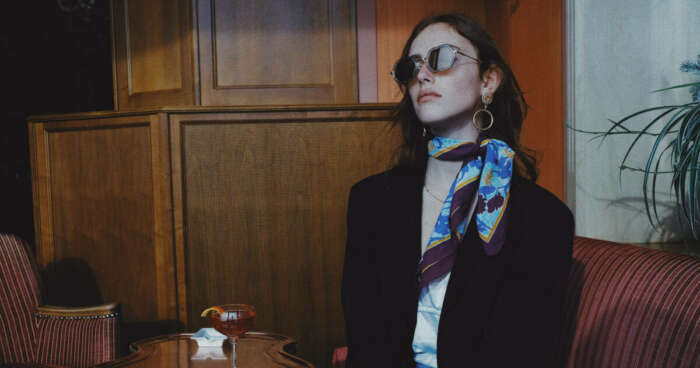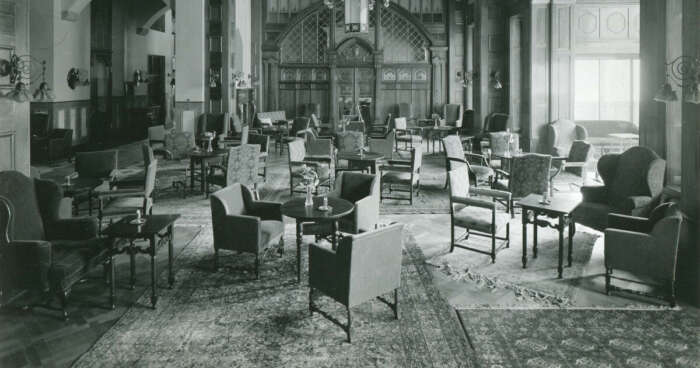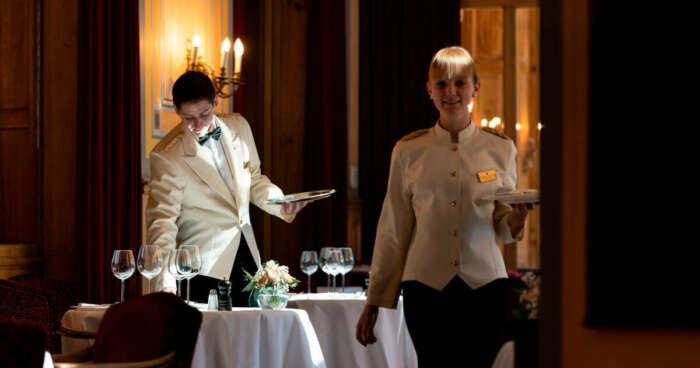The choice of hotel tableware should be an optimal combination between robustness and practicality,” says Louis Leospo in the second edition (1918) of his well-respected book Traité d’industrie hotelière. “The most popular is a sturdy porcelain plainly decorated or embellished with a gold thread and the monogram of the house.”
When Badrutt’s Palace Hotel opened in 1896, during the Belle Époque, fine metal tableware was favoured by both royalty and the aristocracy. Tableware was initially made with pewter, later with silver or gold, and then consisted of painted porcelain that was adorned with a gold rim and cobalt blue decorations.
The first luxury hotels typically ordered Limoges china, which was known worldwide for its fine quality. With the development of table culture, porcelain factories began to be established in Switzerland, such as Langenthal in 1906, which introduced impact-resistant stoneware to the market. Before then, large Swiss hotels bought their tableware in England, usually through an importer.
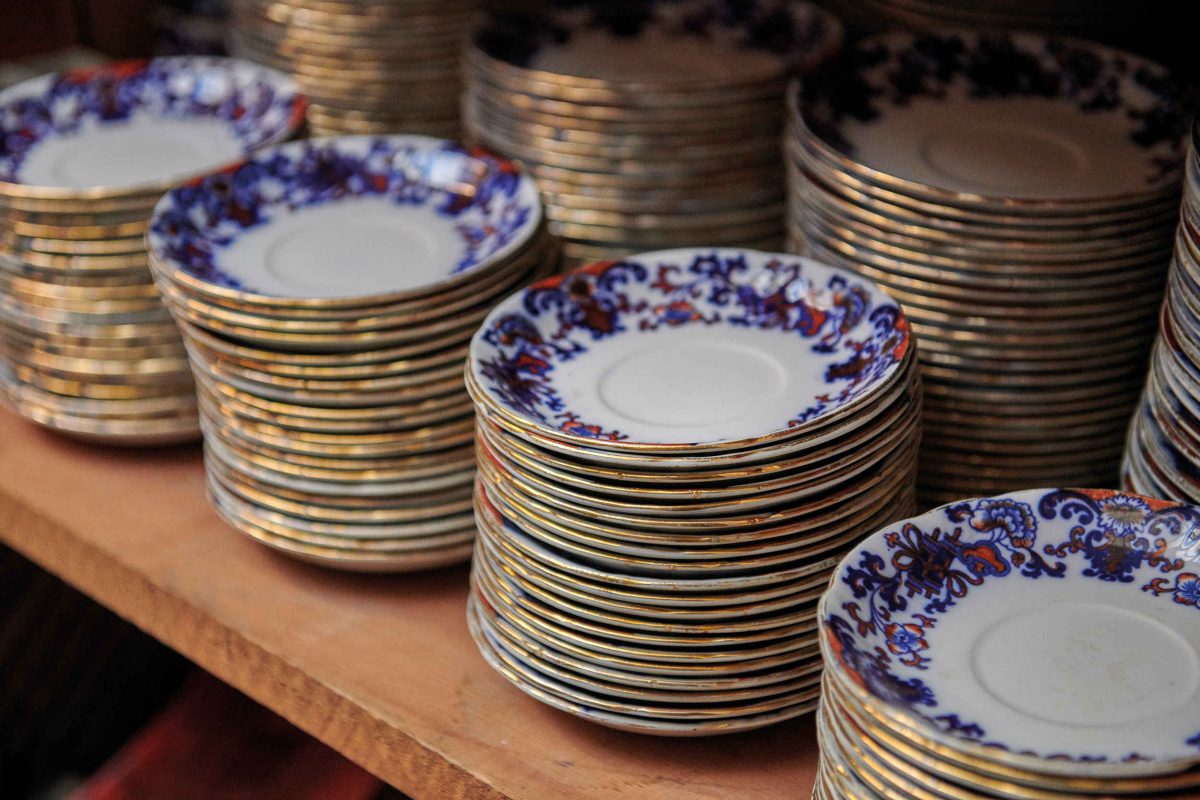
Invoices in the archives of the Palace are proof of some of the tableware purchases made at the time. Between 1894 and 1897, for instance, Caspar Badrutt placed various orders with Kaiser & Pozzi in the Engadin town of Samedan. These can be used to identify several sets of tableware found in the cellars and staff quarters of the hotel.
The first tableware service used at Badrutt’s Palace was made by British company Royal Doulton and featured the Watteau pattern – a white plate with cobalt blue lace decoration along the edges. This china was probably used at The Savoy hotel in London around 1895, where Hans Badrutt, who was Caspar’s son, is likely to have seen it while working there. Another porcelain service from Royal Doulton with the Selborne design – featuring flowers, ferns, urns and scrolls – was acquired by the Palace around the same time.
Thanks to the orders and the production numbers on the dishes, we know that Caspar acquired another Royal Doulton service through the Basel company Kiefer in 1897, this time with the Nankin design painted in rich blue and red. The name comes from Nanjing, the capital of Jiangsu province in China, and is an indicator of late 19th-century fashion when Japanese and Chinese art, culture and interior design exerted a great influence over Europe. Just recently, in the spring of 2021, more than 500 pieces of this tableware set were discovered in a cupboard in the old staff house.
New discoveries like this are regularly being made at the Palace. In 2008, two antique plates were returned after a chambermaid kept them as mementos in the early 1950s, following 47 years of service. Their return enabled us to identify the first two porcelain services and, with the help of Royal Doulton factory documents, to date the many dinnerware sets in the collection.
In the old plate storeroom at the hotel, there are many historically valuable pieces, such as Limoges cups for turtle soup and vintage-cut crystal wine glasses, and all have a story of their own – a legacy of the parties, the fine dinners and the celebrations held at the hotel. Today’s guests continue to contribute to this legacy.
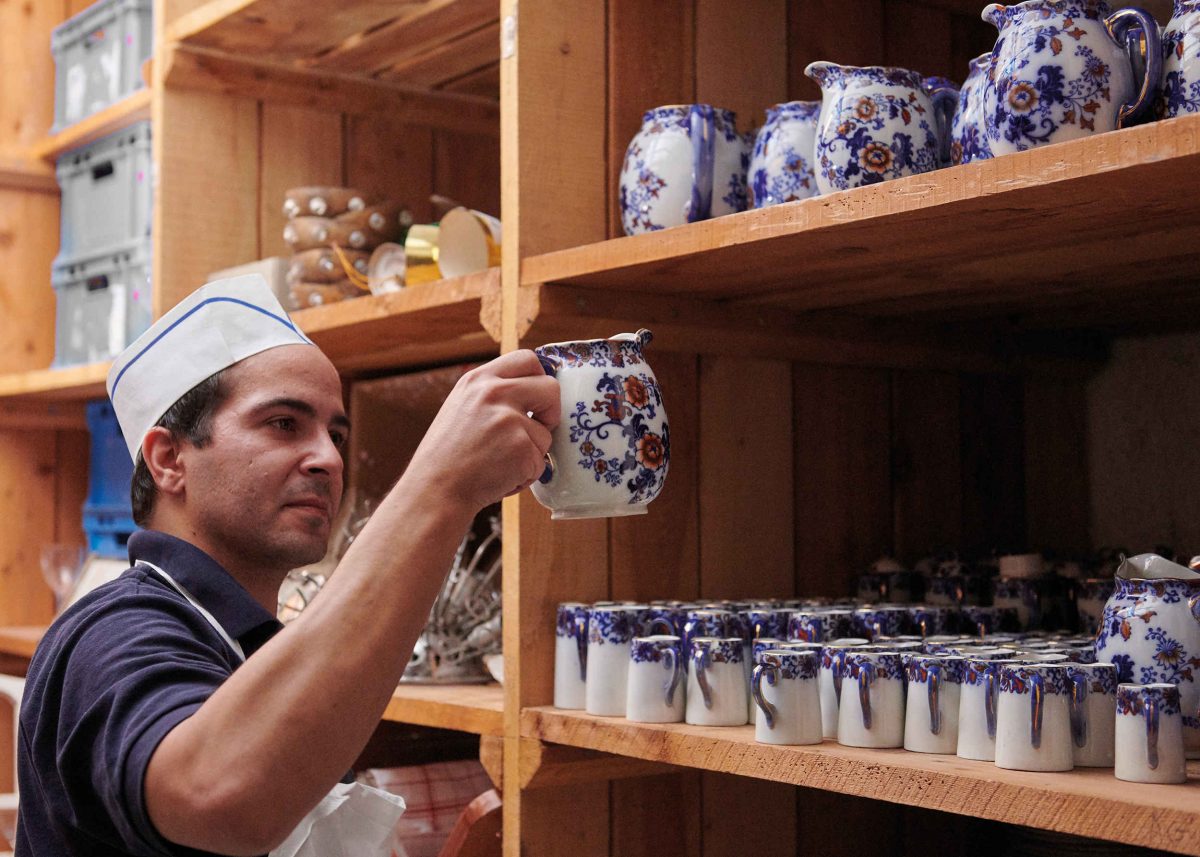
Tableware in numbers
According to Louis Leospo’s Traite d’industrie hoteliere, a hotel with a dining room of 200 seats – the size of Badrutt’s Palace Hotel at the time the book was published in 1918 – needed to have the following complement of crockery:
- 750 dinner plates
- 250 soup plates
- 500 dessert plates
- 250 fruit plates
- 250 salad plates
- 150 egg cups
- 280 breakfast cups with saucers
- 200 teacups with saucers
- 200 coffee cups with saucers
- 120 milk jugs
- 100 cream jugs
- That’s 2,000 plates and 680 cups with saucers – quite a collection.
